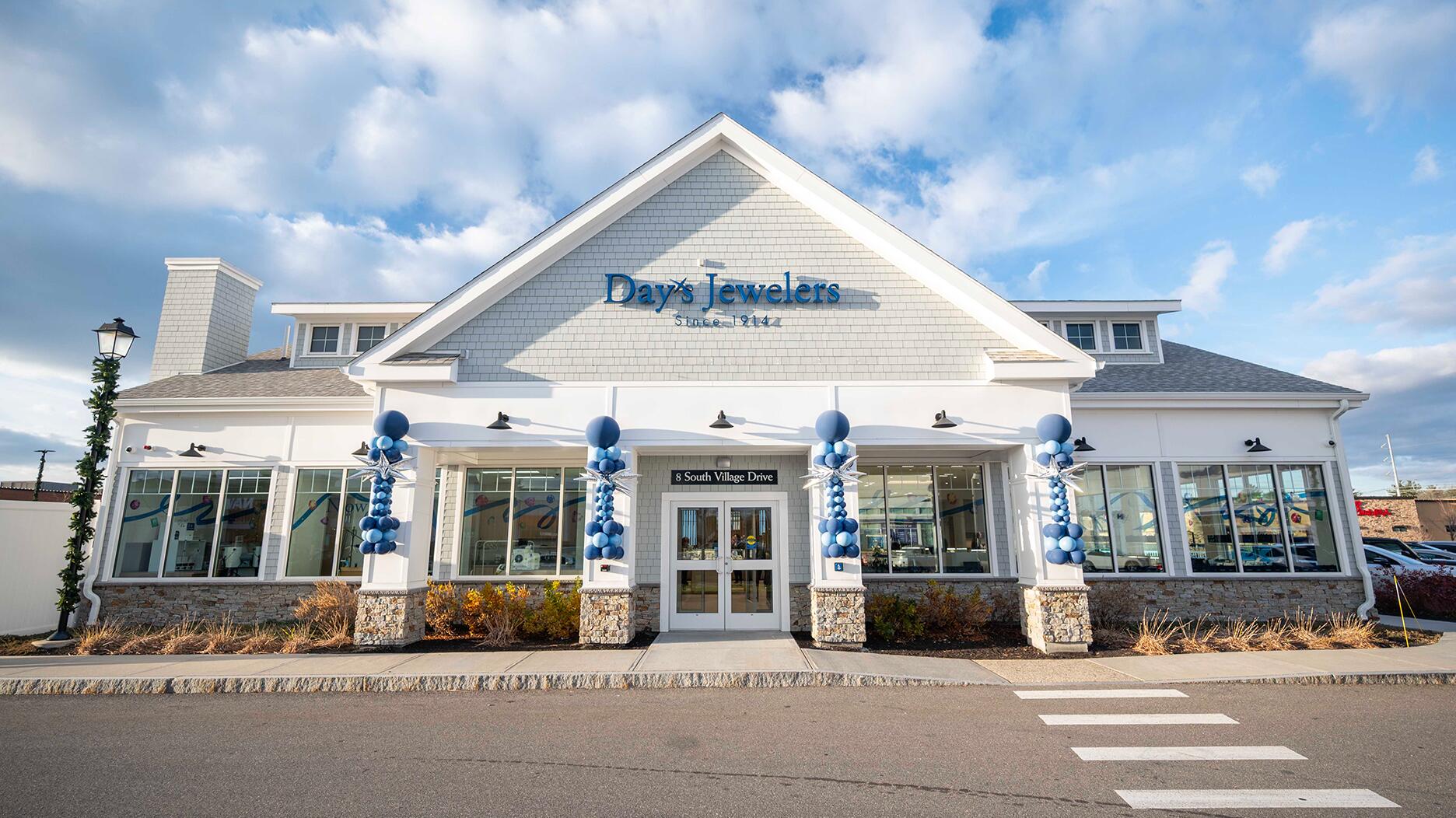The couple pleaded guilty to concealing at least $127 million in cash transactions at its precious metals businesses.
Squirrel Spotting: Let Your Product Breathe
Peter Smith recently went on a trip with his 16-year-old son. Here’s what it taught him about how young people shop.

I took one of my sons to Las Vegas for a few days in July. Why, you might ask, would anyone take a 16-year-old boy to Vegas at all, especially at a time of year when the weather averages about 114 degrees a day?
So off we went; Killian, excited about seeing Vegas for the first time--unless, that is, you count the movie “The Hangover”--and me, wondering what I was thinking going back to Vegas just one month after JCK.
We went to see a different show each night, including the highly recommended, and free, lighting and sound demonstration at the LOVE Theatre at The Mirage.
We took the tour of the Zappos headquarters and visited the site of the World Famous Gold & Silver Pawn Shop from the TV show “Pawn Stars.” All of this, while marveling at what it’s like to experience 114 degree temperatures.
We also ate at restaurants my son had never previously experienced (he loved Giordano’s deep-dish pizza!) and, of course, we shopped. We went to Caesars and the Venetian shops, Fashion Show Mall and the outlet stores. And, as we did so, I couldn’t help but conduct my own informal observation about the shopping habits and likes/dislikes of a 16-year-old boy.
“Removing SKUs and creating negative space will result in a more compelling and interesting visual, and make it much easier for your customers to engage.”In watching Killian, one of my own instincts about how younger people shop was borne out completely. I noticed, time and again, that he was much more interested in stores where less was more. Whether it was shoes, clothes or even the couple of jewelry stores we visited, he seemed much more likely to take a few moments to look at products when they were displayed with some “breathing room” rather than cases, racks and shelves stacked with stuff.
His attitude and body language seemed
When I asked him about what kinds of stores he preferred, he described, without really knowing what they were called, shop-in-shops. He was drawn to ease of experience and visual stimulants, not to quantity and generics.
There are two factors in play when we merchandise stores.
The first is the paradox of choice; the idea that while we crave options, the more we must choose from, the greater the likelihood that we won’t make any choice at all. To that end, the more products you have in your cases, the less the customer sees and the more difficult it is to make a buying decision.
The second factor is that we tend to make buying choices driven more by emotions than logic.
B. Joseph Pine II and James H. Gilmore wrote in “The Experience Economy” that: “The sensory stimulants that accompany an experience should support and enhance its theme. The more effectively an experience engages the senses, the more memorable it will be.” Jamming cases with “me-too” products just doesn’t get it done.
Even if you are overstocked, suppress the temptation to display everything you own in your cases.
Removing SKUs and creating negative space will result in a more compelling and interesting visual, and make it much easier for your customers to engage.
And, speaking of compelling visuals, if you haven’t already done so, when you next find yourself in Las Vegas, check out Cirque du Soleil’s LOVE.
Peter Smith is president of Vibhor, a public speaker and author of “Sell Something” and “Hiring Squirrels.” He spent 30 years building sales teams in retail and wholesale and he can be contacted at dublinsmith@yahoo.com, peter@vibhorgems.com, or on LinkedIn, Facebook or Twitter.
The Latest

Consumers shared concerns about prices, inflation, tariffs, trade, and politics in the survey’s write-in response section.

In February 2026, the auction house will move its headquarters to the former Steinway Hall, a neoclassical landmark on Billionaires’ Row.

How Jewelers of America’s 20 Under 40 are leading to ensure a brighter future for the jewelry industry.

The new show will take place Jan. 23-25, 2026.


The former BHP Billiton leader and Gemfields chairman is remembered for his influential leadership throughout his 50-year mining career.

The LVMH-owned brand has partnered with the costume design union to revamp its award for 2026.

Roseco’s 704-page catalog showcases new lab-grown diamonds, findings, tools & more—available in print or interactive digital editions.

The luxury titan inked a deal to acquire an initial minority stake in the jewelry manufacturer with a pathway to full ownership by 2032.

The company’s curation of unsigned vintage and estate jewelry debuted at the Bloomingdale’s in Costa Mesa, California.

In the recent multi-shipment seizure, CBP also found counterfeit Audemars Piguet, Moncler, and Chrome Hearts items.

Helzberg’s Chief Retail Officer Mitch Maggart shared details about its tests of a new store concept rooted in an elevated luxury experience.

Jewelers of America execs and National Jeweler editors discuss tariffs, the sky-high gold price, and the engagement that broke the internet.

The luxury goods company said founder Ippolita Rostagno will remain at the brand’s helm.

Laura Burdese, who joined the Italian luxury brand in 2022, will take on the role in July.

The National Jeweler editors revisit the most noteworthy industry happenings and design trends from 2025.

Need a gift for the cat lover who has everything? Look no further than our latest Piece of the Week.

It purchased the “Grosse Pièce,” an ultra-complicated Audemars Piguet pocket watch from the ‘20s, for a record-breaking price at Sotheby’s.

The lab-grown diamond grower now offers custom engagement and fashion jewelry through its Kira Custom Lab Jewelry service.

Chandler got his start at Michelson Jewelers and has served as DCA president and CEO since 2001. He will retire at the end of the month.

The boutique is slated to open this week inside Terminal 8, offering pre-owned Rolex watches and more to international travelers.

Sponsored by Digital Monitoring Products

The special-edition egg pendant ingested in a New Zealand jewelry store was recovered after a six-day wait.

Associate Editor Natalie Francisco plays favorites with Piece of the Week, selecting a standout piece of jewelry from each month of 2025.

The “Love and Desire” campaign is inspired by the magic that follows when one’s heart leads the way, said the brand.

Two awardees will receive free tuition for an educational course at the Swiss lab, with flights and lodging included.

Berta de Pablos-Barbier will replace Alexander Lacik at the start of January, two months earlier than expected.



























